Top 10 Tips to Succeed at Deep Sea Fishing
Deep sea fishing represents the ultimate challenge for many anglers, combining adventure, skill, and patience in the pursuit of some of the ocean’s most magnificent creatures. Unlike casual shoreline fishing, venturing into the open ocean requires specialized knowledge, preparation, and techniques. Whether you’re a novice planning your first offshore expedition or an experienced angler looking to refine your approach, understanding the fundamentals of deep sea fishing can dramatically improve your chances of success. From selecting the right equipment to mastering specific techniques for different species, these ten essential tips will help you transform your deep sea fishing experience from merely casting lines to consistently landing impressive catches.
Understanding Weather Patterns and Sea Conditions
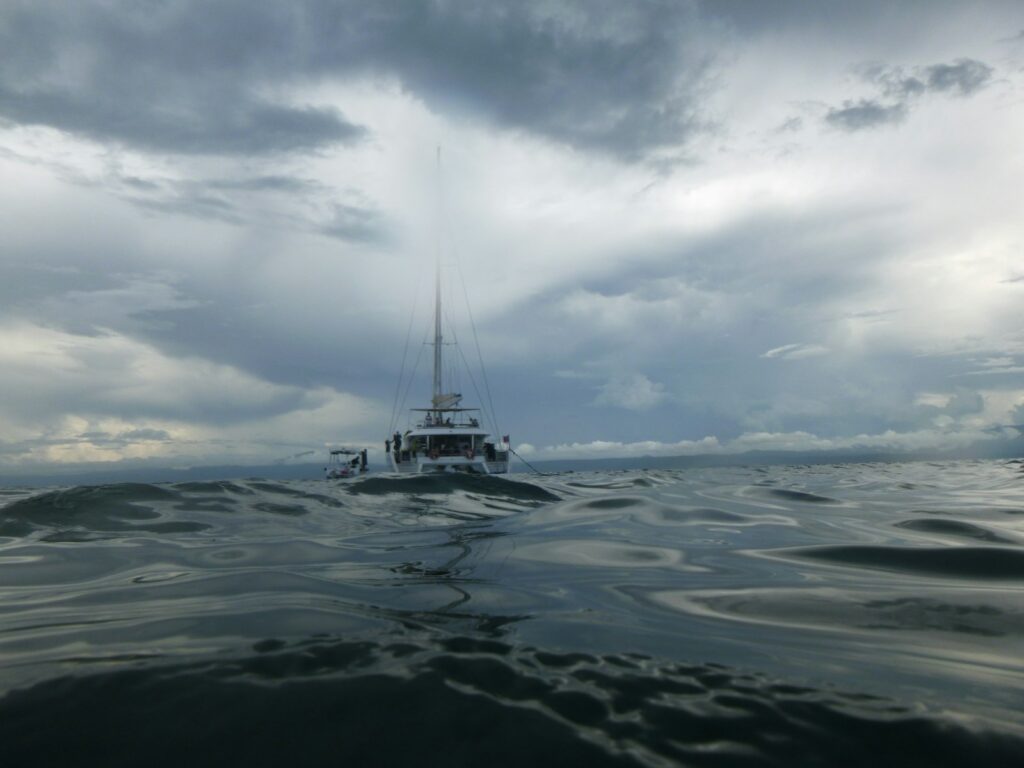
The ocean’s temperament directly influences your fishing success, making weather awareness perhaps the most crucial skill for any deep sea angler. Before heading out, study marine forecasts carefully, paying special attention to wind speed, wave height, barometric pressure, and storm systems that might develop during your trip. Fish activity patterns change dramatically with weather shifts – for example, many pelagic species feed more aggressively just before a weather front arrives. Tidal movements also create feeding opportunities, with stronger currents typically generating more active feeding behaviors in many deep-water species.
Remember that conditions can change rapidly offshore, so equip yourself with reliable communication devices and always maintain a conservative approach to weather-related decision-making.
Selecting the Right Gear for Target Species

Deep sea fishing demands specialized equipment designed to handle the challenges of offshore environments and substantial fish. Your rod and reel combination should match your target species – for large pelagics like marlin or tuna, consider heavy-duty conventional reels with 50-80 pound test ratings paired with sturdy composite rods that offer both strength and flexibility. Terminal tackle requirements vary significantly by species; for example, circle hooks have become standard for many big game fish as they reduce gut-hooking and improve release survival rates. Invest in quality swivels, leaders (fluorocarbon offers excellent invisibility in clear offshore waters), and appropriate sinkers based on current strength and desired presentation depth.
Remember that salt water rapidly deteriorates equipment, so choose corrosion-resistant components and maintain them meticulously after each outing.
Mastering Bait Presentation Techniques
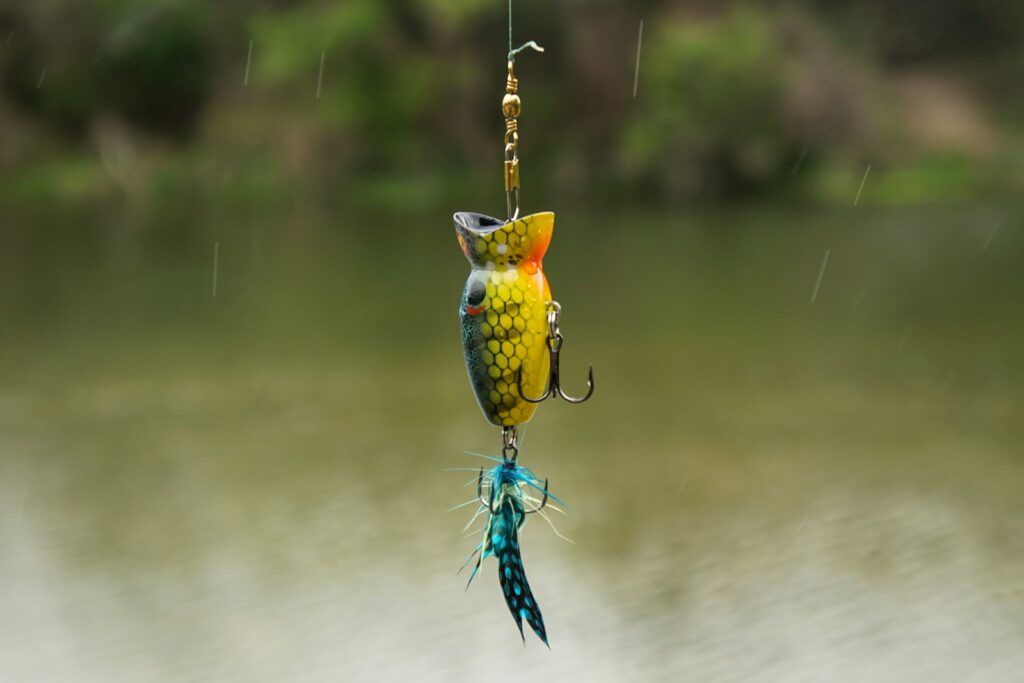
How you present your bait often determines whether trophy fish strike or ignore your offering. For trolling applications, understanding proper spread configuration and bait positioning can dramatically increase your hookup rate. The swimming action of natural baits like ballyhoo, mackerel, or squid must mimic injured prey to trigger predatory responses – this means rigging them precisely to create a wobbling, vulnerable appearance without spinning. When using artificial lures, vary your trolling speed to determine the most effective action pattern for the day’s conditions.
For bottom fishing scenarios, maintaining contact with your bait while allowing natural movement presents a continuous challenge, especially in varying currents and depths. The most successful anglers develop an almost intuitive sense of how their baits are behaving beneath the surface and make constant adjustments to optimize presentation.
Locating Productive Fishing Grounds
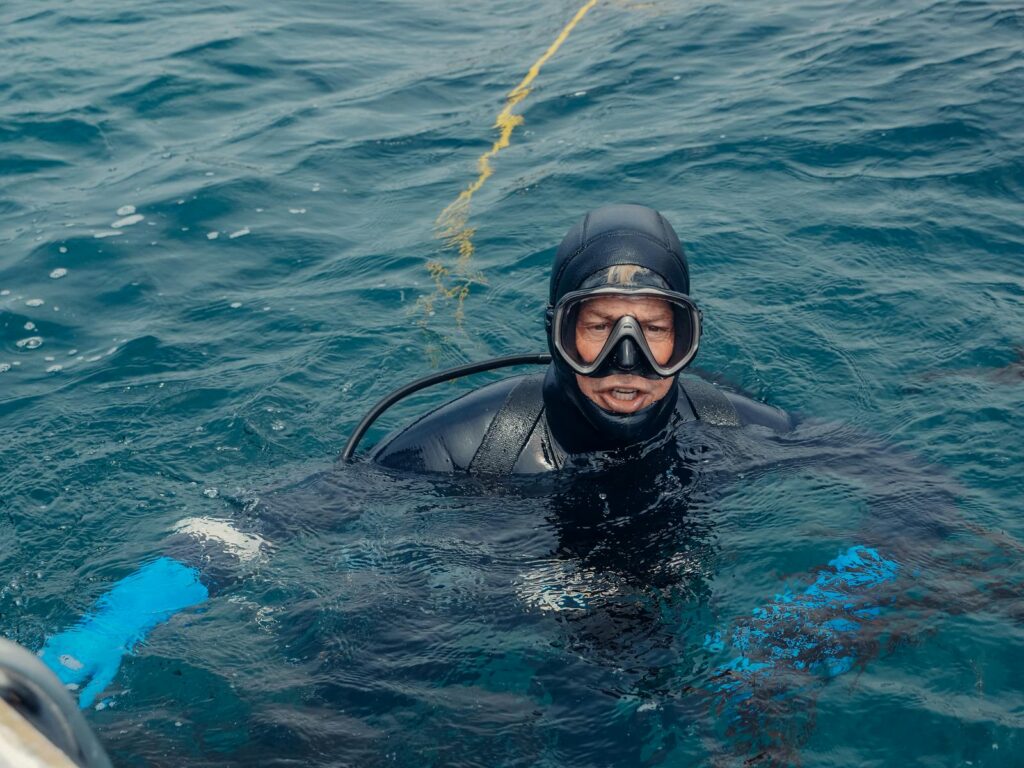
Finding fish in the vast ocean requires understanding underwater structure and oceanic features that concentrate marine life. Underwater seamounts, canyons, reefs, and wrecks create ecosystem hotspots where baitfish gather and predators hunt. Temperature breaks (thermoclines) where warm and cold water masses meet create especially productive zones, often visible as distinct color changes on the water’s surface. Floating debris, weed lines, and bird activity provide visual indicators of potential fishing hotspots, as these features aggregate baitfish and consequently attract larger predators.
Modern technology greatly enhances location capabilities – invest time learning to interpret your boat’s fish finder, GPS systems, and oceanographic charts that track sea temperature and chlorophyll concentrations. Develop relationships with other captains and local fishing communities, as shared information about productive areas can significantly improve your success rate.
Developing Effective Trolling Strategies
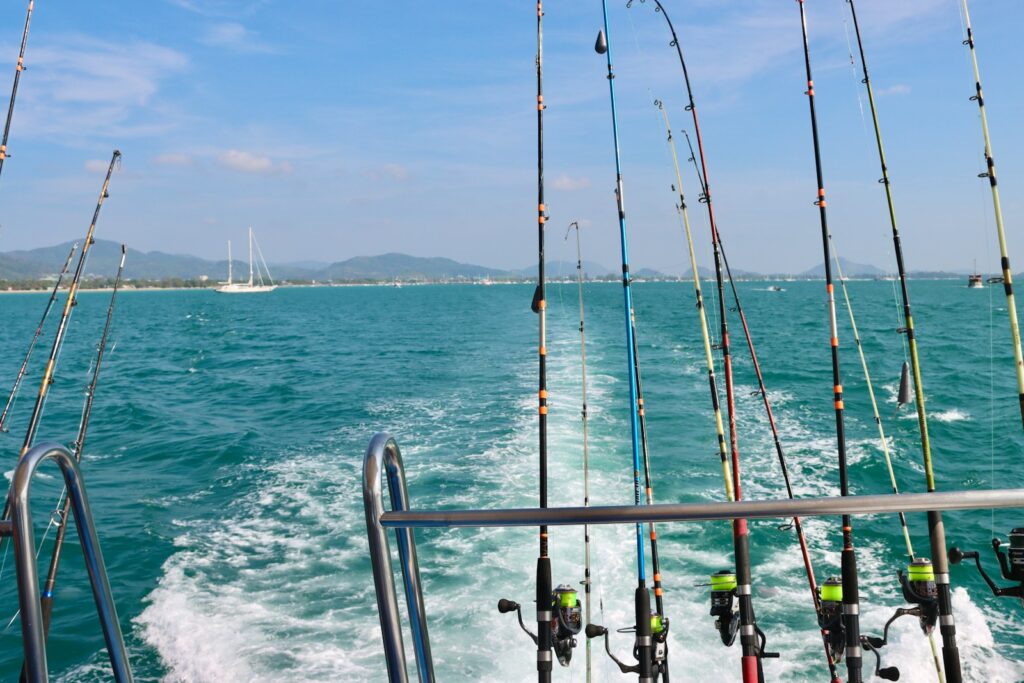
Trolling remains the preferred method for targeting many pelagic species, requiring thoughtful strategy rather than simply dragging baits behind the boat. Establish a varied spread that covers different depths and distances from the boat, typically including surface lures, mid-depth swimming baits, and deeper presentations to locate where fish are feeding in the water column. Trolling speed dramatically affects your success – generally, 6-9 knots works for billfish while tuna often prefer faster presentations around 7-10 knots, but always be willing to experiment based on the day’s conditions. The wake pattern behind your boat creates zones of turbulence and calm water that affect lure action, so position baits strategically to take advantage of these hydrodynamics.
Remember that successful trolling requires constant attention and adjustment – regularly check baits for debris, ensure proper swimming action, and be ready to clear lines quickly when a fish strikes.
Perfecting Drift Fishing Techniques

Drift fishing allows natural bait presentation in deep water and excels when targeting species like grouper, snapper, and amberjack around structure. The key to successful drift fishing lies in controlling your drift speed and direction, which often requires using a sea anchor (drift sock) to slow the boat’s movement in windy conditions. Vertical line management presents a constant challenge – too much slack allows your bait to tangle or drift unnaturally, while too tight a line lifts the bait away from the target zone. Use appropriately weighted tackle to maintain a direct connection to your bait while allowing it to appear natural.
Bottom contour awareness becomes crucial during drift fishing; use depth finders continuously to monitor your position relative to underwater structure and adjust accordingly. Successful drift fishermen develop a sixth sense for detecting subtle strikes, distinguishing between natural bottom contact and the tentative “picking” that often precedes a committed bite.
Managing Fighting Techniques for Large Fish

Landing trophy-sized deep sea species requires proper fighting techniques that balance applying pressure with preventing equipment failure. The fundamental principle involves keeping constant tension on the fish while using the boat’s mobility to gain line advantage – this approach conserves angler energy and reduces fight duration. Understand proper drag settings for your target species; generally, set your drag at approximately one-third of your line’s breaking strength at the strike, then adjust as the fight progresses. Develop good body mechanics using a fighting belt or harness to transfer pressure from your arms to your core muscles, allowing sustained effort during extended battles.
Learn species-specific behaviors – for example, billfish often make spectacular surface runs and jumps, requiring momentary drag reduction to prevent hook pulls, while tuna typically sound deeply, demanding steady pressure to prevent exhausting stalemates. Remember that prolonged fights significantly reduce survival chances for released fish, so apply appropriate pressure to shorten the battle while maintaining control.
Optimizing Fishing Times and Seasonal Patterns
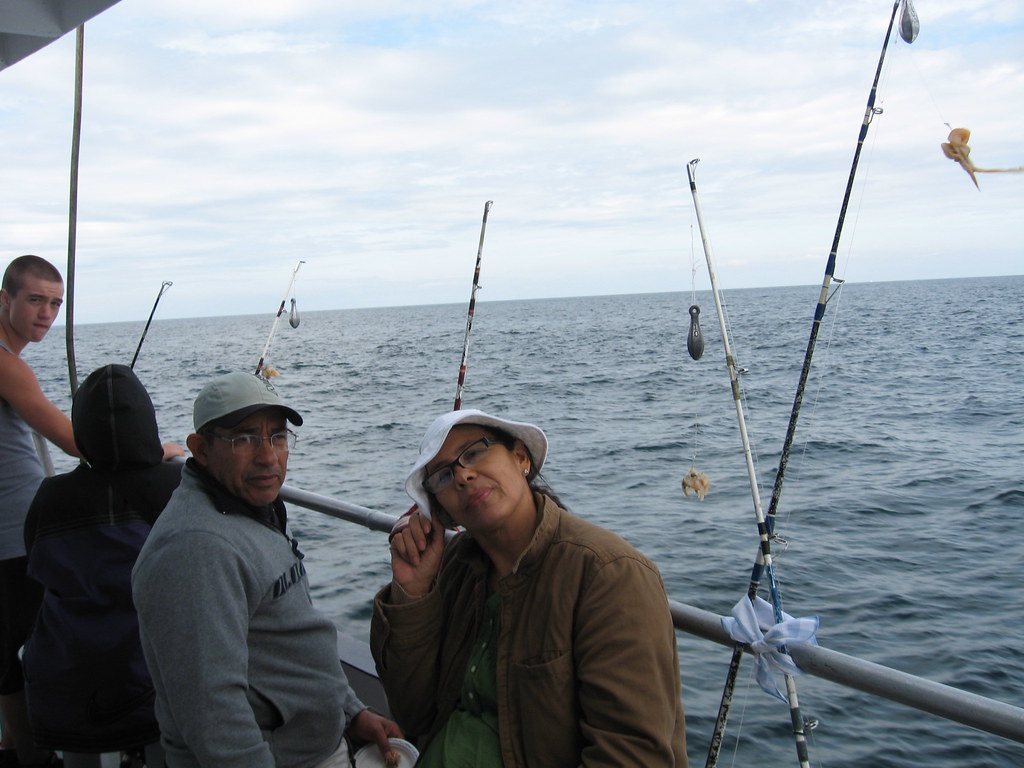
Deep sea fishing success often hinges on understanding when specific species are most active and available in your fishing area. Most offshore predators exhibit distinct feeding periods around dawn and dusk, making these prime times to have baits in the water. Lunar phases significantly impact feeding behavior – many species show increased activity during the full and new moon periods when tidal movements are strongest. Seasonal migrations create windows of opportunity as species move through specific areas; for example, many billfish species follow warm water currents, creating predictable seasonal runs.
Water temperature drives these patterns, with each species having preferred temperature ranges where they concentrate and feed most actively. Research historical catch data for your target area to identify productive seasons, and remember that annual patterns can shift based on ocean condition changes.
Ensuring Proper Fish Handling and Conservation
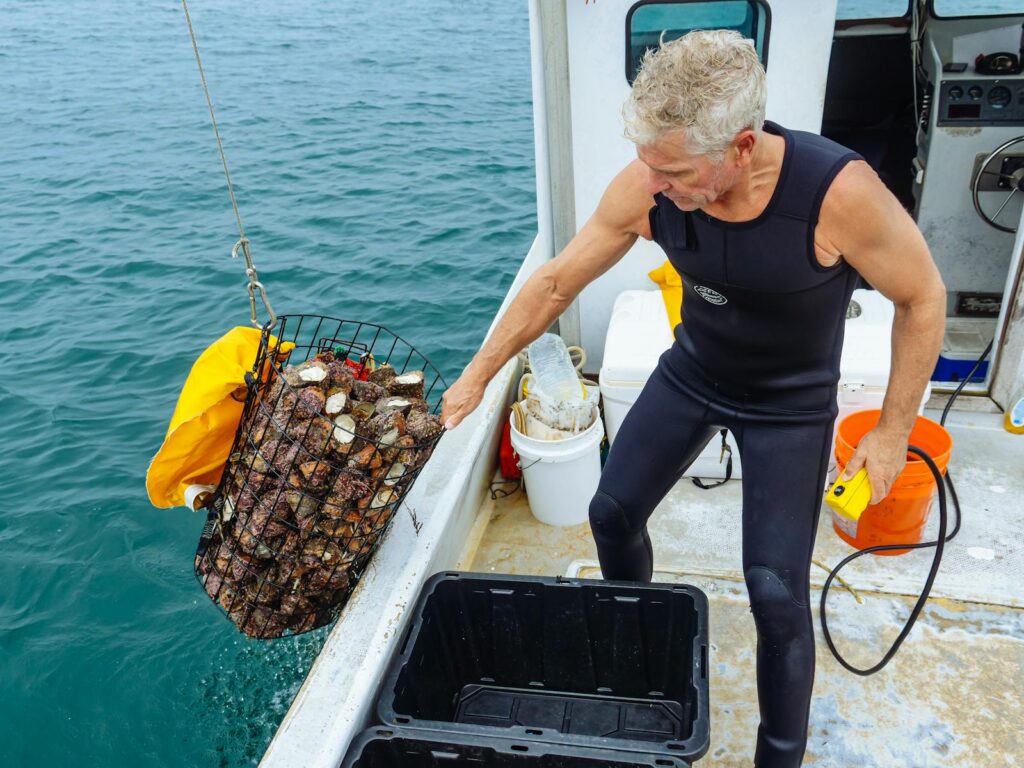
Responsible fish handling practices preserve both the resource and the quality of fish kept for consumption. For catch-and-release situations, minimize air exposure, avoid removing fish from the water when possible, and use proper tools like dehooking devices and lip grippers designed to reduce trauma. Circle hooks significantly reduce mortality rates for released fish by typically hooking in the corner of the mouth rather than being swallowed deeply. When keeping fish for the table, implement immediate bleeding and icing techniques to maintain optimal quality – insert a knife into the gill area to sever the main artery, then immerse the fish in an ice slurry to rapidly lower body temperature.
Understand and strictly adhere to size and bag limits for all species, recognizing that these regulations exist to ensure sustainable fisheries for future generations. Consider participating in tagging programs that provide valuable scientific data on fish movements and growth rates.
Preparing for Offshore Safety and Emergencies
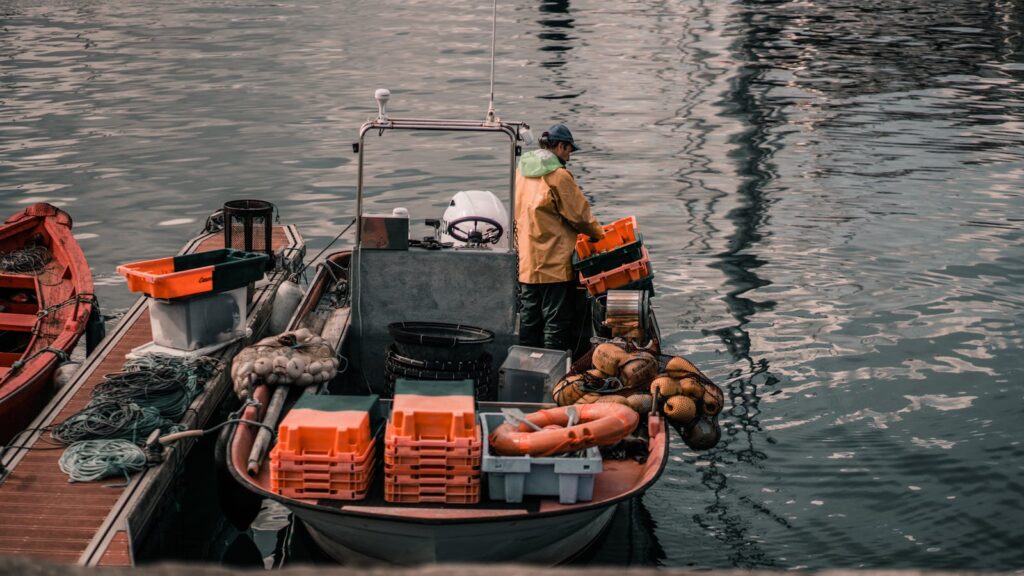
Deep sea fishing inherently involves risk, making comprehensive safety preparation non-negotiable for responsible anglers. Develop and share a detailed float plan with someone reliable onshore, including your intended fishing location, expected return time, and vessel description. Carry redundant communication devices – a VHF marine radio serves as your primary communication tool, but also bring a satellite phone or personal locator beacon for emergencies beyond VHF range. Equip your vessel with properly sized life jackets for all passengers and ensure everyone knows their location and proper usage. Pack a comprehensive first aid kit designed for marine environments, including treatments for seasickness, dehydration, and fishing-specific injuries like hook embedment and fish spine punctures.
Develop basic mechanical troubleshooting skills for your vessel’s engines and electrical systems, as offshore mechanical failures can quickly escalate into dangerous situations.
Building and Utilizing Local Knowledge
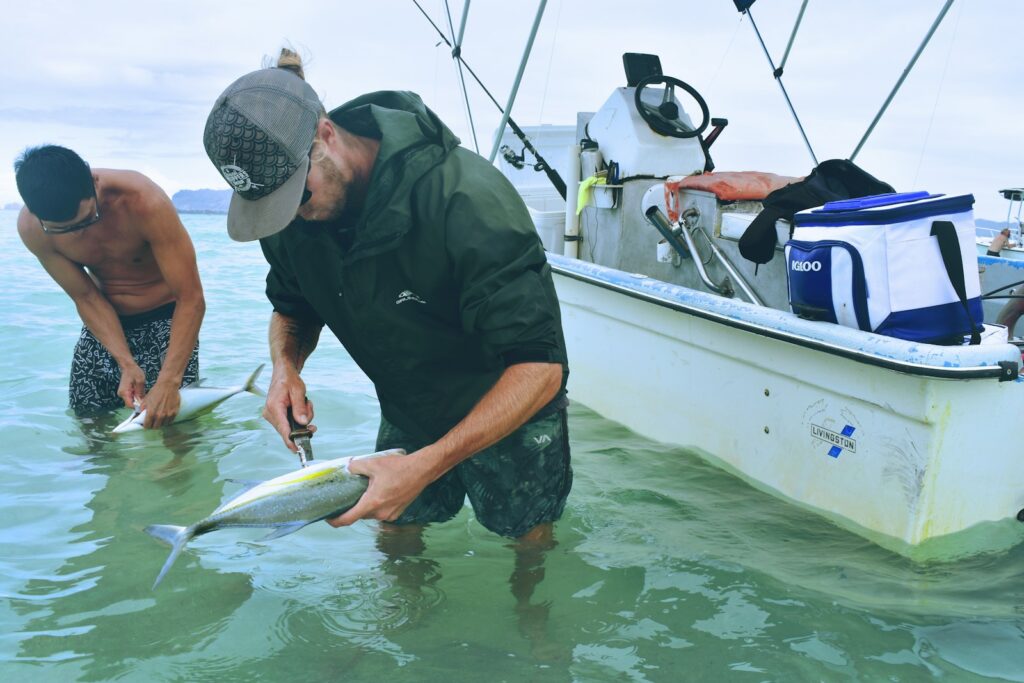
Perhaps the most valuable yet underrated fishing resource is the accumulated knowledge held by local fishing communities. Forge relationships with bait shop owners, charter captains, and experienced local anglers who often possess generations of insights about regional fishing patterns and techniques. Approach these knowledge sources with respect and reciprocity – offer your own observations and be willing to contribute to the community rather than simply extracting information. Participate in local fishing forums, clubs, and tournaments to accelerate your learning curve and stay current on evolving patterns and techniques. Local knowledge often includes nuanced understanding of microhabitats, seasonal timing shifts, and species-specific behaviors that no published guide can adequately capture.
Remember that fishing conditions constantly evolve with changing ocean environments, making current local intelligence invaluable for adapting your approach to present conditions.
Conclusion: The Patience-Persistence Balance
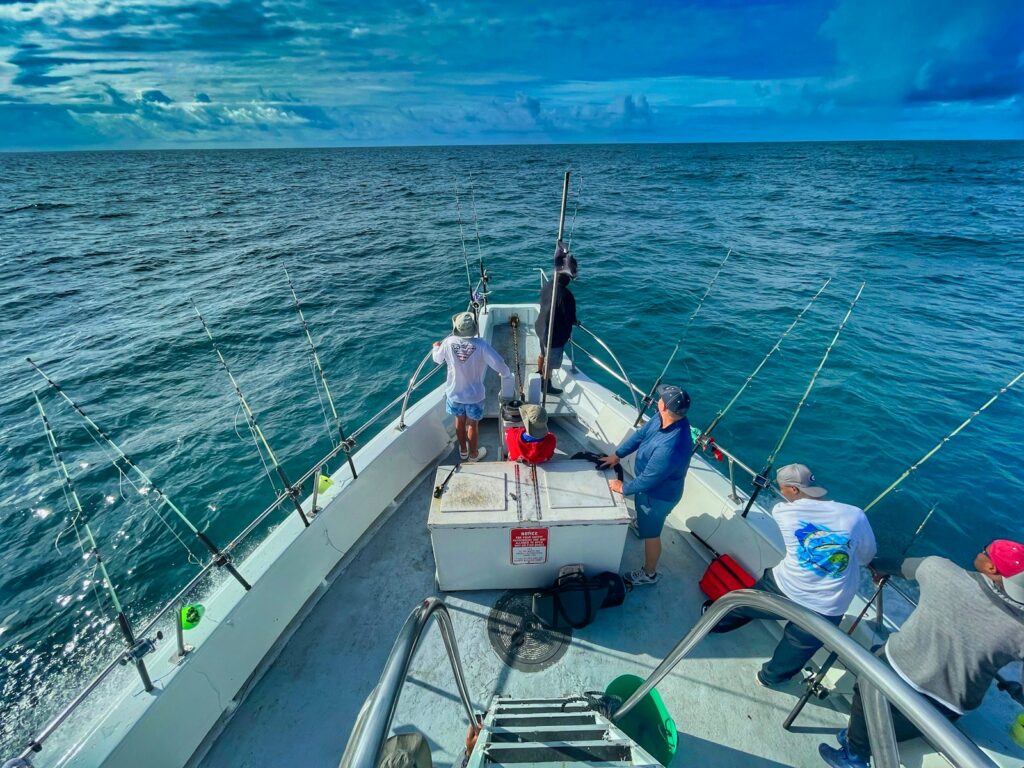
Deep sea fishing success ultimately depends on finding the perfect balance between patience and persistence. The ocean rewards methodical, analytical approaches combined with the flexibility to adapt when conditions or fish behavior changes. Remember that even the most skilled anglers experience slow days – these moments provide opportunities to refine techniques, observe subtle environmental factors, and prepare for when conditions align perfectly. Approach each trip with specific goals but remain open to unexpected opportunities that offshore environments frequently present. Document your experiences through detailed fishing logs that track conditions, locations, techniques, and results – this systematic approach accelerates the learning process and helps identify patterns over time.
Above all, maintain perspective on the privilege of spending time on the open ocean, where the pursuit itself offers rewards beyond the catch. By implementing these ten fundamental principles, you’ll develop the skills and mindset necessary for consistent deep sea fishing success.
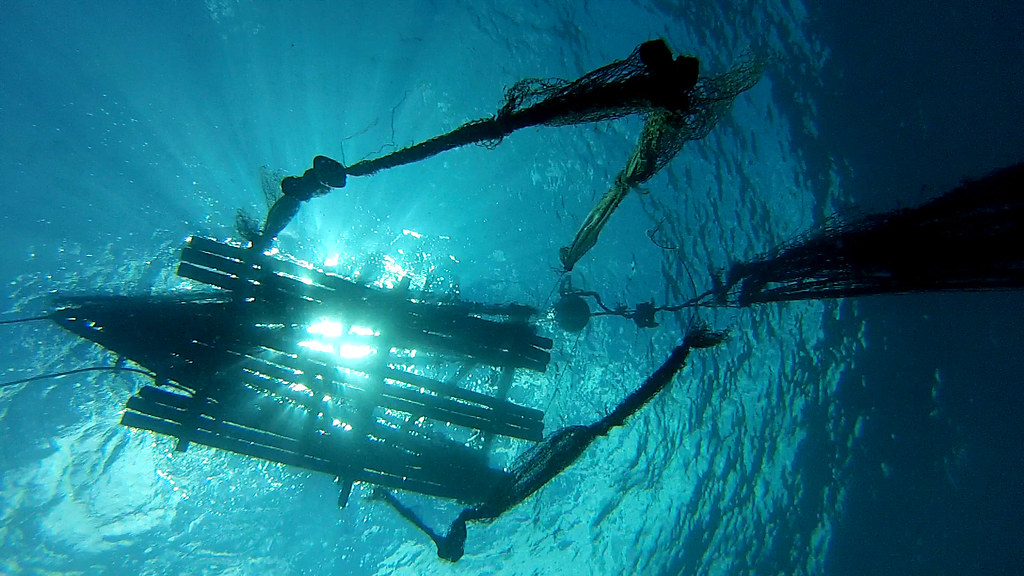













Post Comment